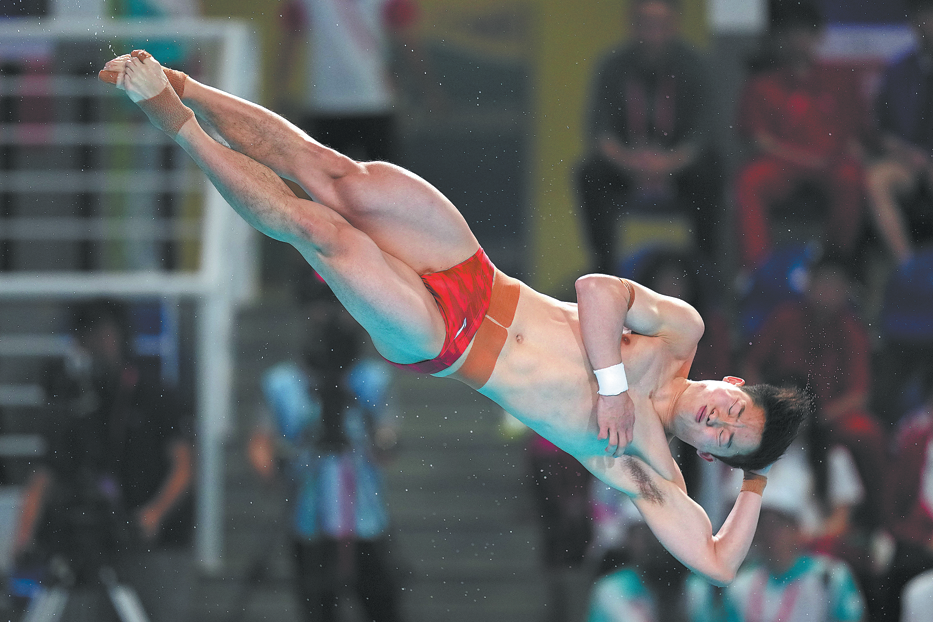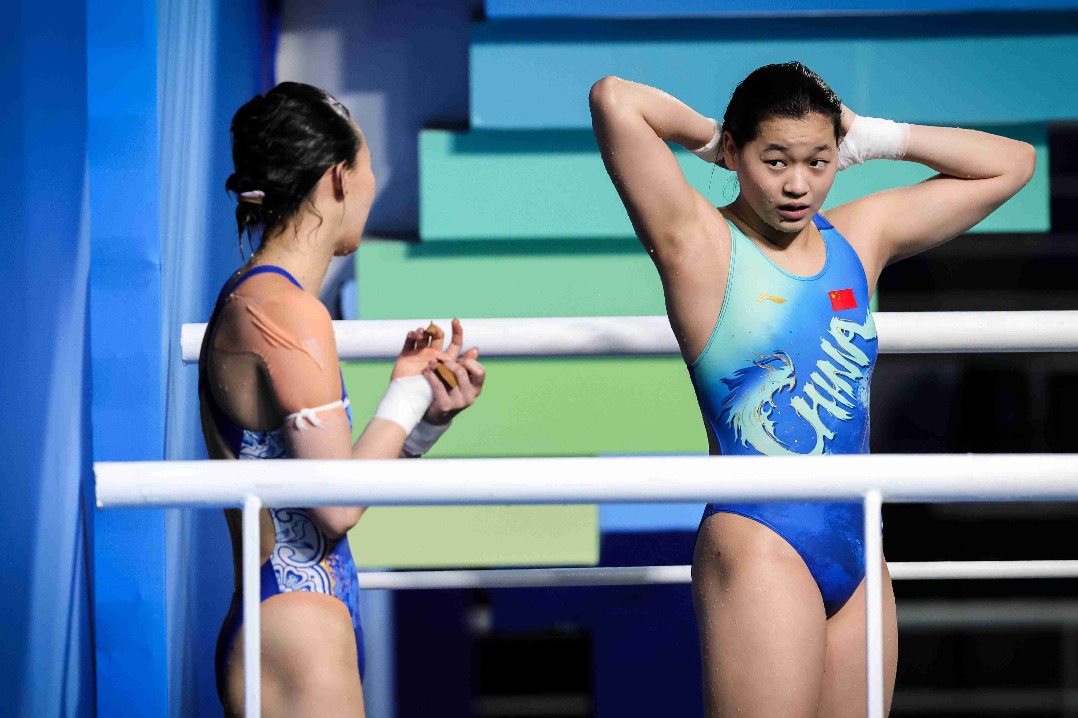From Beijing to Hangzhou, Asiad mascots mirror China's transformation

HANGZHOU -- Wang Wenjuan, who hails from Beijing, is eagerly anticipating the opening ceremony of the upcoming 19th Asiad, scheduled from Sept. 23 to Oct. 8 in Hangzhou, capital of east China's Zhejiang Province.
According to the 34-year-old, she shares a special connection with the sports gala because her nickname is "Panpan." "Panpan" was the name of the mascot of the 11th Asian Games held in Beijing, the first time China hosted a comprehensive international sporting event.
From "Panpan" to the trio of robotic mascots of the Hangzhou Asian Games, she believes these sporting symbols are a reflection of China's evolving landscape.
Wenjuan's father, Wang Long, still vividly recalls the excitement he felt upon hearing the news that China would host the Asian Games. "The name of the mascot was frequently mentioned on different occasions," Wang said, adding that when his daughter was born in 1989, a year before the Beijing Asiad, he decided to name her "Panpan."
The adorable panda mascot, "Panpan," holding a gold medal, quickly became a widely recognized and beloved symbol seen everywhere in China at the time. The name literally means "expectation," which aptly captured the sentiment of the Chinese people during that era of reform and opening up.
When asked what his expectations were at that time, the 61-year-old Wang replied instantly: "A better life."
Back then he was living in Shenzhen, located in south China's Guangdong Province, a city that has evolved from a small fishing village into the country's first and most successful special economic zone.
In 1990, Wang purchased his first color television, a Panasonic brand. However, due to his busy work life, he only had the opportunity to watch the Asiad competitions occasionally.
But the event impressed him deeply. "Before the Beijing Asiad, I seldom saw foreign people," he said. "It attracted them to come and learn about the real China. After that, our life improved greatly."
Twenty years later, China hosted the Asian Games for the second time. This event took place in the thriving city of Guangzhou, the capital of Guangdong, and it was dubbed "City of Goats." The mascot of the sporting extravaganza was a collection of five goats named A Xiang, A He, A Ru, A Yi and Le Yangyang. In Cantonese, these names symbolized auspiciousness, harmony and happiness.
In 2010, China overtook Japan to become the world's second-largest economy. According to Zhang Wen, a teacher at the China Academy of Art, the mascots -- a large goat leading four smaller ones -- represented order and rationality following a period of rapid growth. "China has made great achievements in economic and social development, and people attached more importance to harmony," he said.
Zhang is the chief designer of the mascots for the forthcoming Hangzhou Asian Games. The design, named "Jiangnanyi" or "Memories of Jiangnan," is based on a famous poem about Hangzhou, and it was chosen from among 4,633 proposals. The mascots drew inspiration from Hangzhou's three World Heritage sites: the Archaeological Ruins of Liangzhu Culture, West Lake and the Grand Canal.
Meanwhile, robot imagery of the mascots also reflected China's emphasis on technology development. Over the past five years, China fully implemented the innovation-driven development strategy and improved and upgraded the industrial structure, according to the government work report this year.
The mascots have received a positive response from the Chinese people, which, according to Wang Zhongwu, a sociology professor at Shandong University, can be attributed to people's affection for and confidence in traditional Chinese culture.
"While China is becoming stronger, its culture is gaining increasing popularity not only within the country but also overseas," he said. The traditional elements have been seamlessly integrated with robot imagery, symbolizing the contemporary perception of China, where traditional culture is well preserved alongside rapid technological advancements, the professor noted.
Shu Qiuhong, 29, enjoys cruising on her motorbike while wearing Hanfu, traditional robes embellished with intricate embroidery. As soon as she laid eyes on the Hangzhou Asiad mascots, she shared their image with her friends. "The mascots can help more foreigners understand our culture," Shu said.
While Wang Long, now retired, is eagerly waiting to watch the Hangzhou Asian Games on television, his daughter Wenjuan hopes to witness the embrace of Chinese culture, as portrayed during the event, by a wider audience. "I also hope that our technology can bring some changes to the world," she said.
Most Popular
- First cross-border event debuts at the National Games
- Coordinated anti-doping efforts to safeguard fair play at National Games
- Shandong's Liu wins first cross-boundary National Games cycling road race
- Against the Tide
- Innovations give games' fans high hopes
- Linking regions key to success





























